Cruise ships dump a billion gallons of raw sewage
(CNS): Data released by the US government has revealed that cruise ships dumped more than a billion gallons of sewage in the ocean last year, much of it raw or poorly treated. Federal data analyzed by Friends of the Earth, a global environmental organisation, said that their assessment demonstrates the continued need for stronger rules to protect seas, coasts, marine life and people.
Marine life can suffocate due to surplus nitrogen and phosphorous from ship sewage, which also causes excessive algae growth, reducing available oxygen levels in the water. Because of the significant damage caused to the oceans by the sewage, Friends of the Earth examines the information recorded by the US government and creates a report card on the cruise lines. The aim of the card is to help tourists choose the most environmental cruise lines in the increasingly popular tourism sector.
While some of the 16 lines graded are slowly getting greener, over 40 per cent of the 167 ships examined, many of which visit the Cayman Islands on a regular basis, still rely on decades-old waste treatment technology, Friends of the Earth said. The ships leave harmful levels of faecal matter, bacteria, heavy metals and other contaminants in the water.
In a release about the latest data Friends of the Earth said that the cruise ships were less than transparent this year about responding to questions regarding their waste technology.
“In a complete reversal from prior years of cooperation and transparency, all 16 major cruise lines refused — through their industry association, Cruise Lines International Association — to respond to Friends of the Earth’s requests for information on their pollution-reduction technologies,” the NGO stated.
As a result the “2014 Cruise Ship Report” contains a new category, “Transparency”, in which every cruise line received an “F” grade.
“By working to stifle the Cruise Ship Report Card, the industry attempted to shield itself from continued scrutiny of its environmental practices, and obscure data from conscientious consumers who would make different choices based on how a cruise ship or line performs on the report card,” said Marcie Keever, the oceans and vessels programme director for Friends of the Earth. “It’s time for the cruise industry to stop trying to hide the dirty ships in its fleet.”
Disney Cruise Line was ranked as the most environmentally responsible line, earning an ‘A’ for sewage treatment, and Friends of the Earth said the cruise line would have retained the top grade if it had responded to questions about the federal data.
However, Carnival Cruise Lines, which has the world’s largest fleet of 24 ships, got a failing grade for sewage. Friends of the Earth said the line has only two ships with advanced sewage treatment technology. Its parent company, Carnival Corp., operates six other lines graded by the report card and most received a failing grade.
“As the industry leader, Carnival Corp. has to step up its environmental game throughout all of its different lines,” said Keever, adding that it was not surprising Carnival would not comment on the results when it uses outdated technology that pollutes the oceans and threatens marine life.
The US Environmental Protection Agency (EPA) says an average cruise ship with 3,000 passengers and crew produces about 21,000 gallons of sewage a day, or more than 1 billion gallons a year for the industry, which the NGO said was a conservative estimate. The new mega class of ships can carry as many as 8,000 passengers and the report card does not include the entire worldwide fleet. As well as the sewage, cruise ships also dump about eight times as much greywater from sinks, showers and baths, which can contain many of the same pollutants, significantly affecting the seas.
Cruise ships are also responsible for significant amounts of air pollution from the fuel they burn. Even at the dock, cruise ships often run diesel engines to provide power to passengers and crew still aboard. The EPA states that an average cruise ship when at sea emits more sulfur dioxide than 13 million cars and more soot than 1 million cars every day it is at sea.
“This is an industry worth billions of dollars that could install the most advanced sewage treatment and air pollution reduction technology available,” said Keever. “We’re encouraged that some cruise lines are taking incremental steps to improve their performance, but the entire industry must stop hiding behind weak regulations and take action to make sure the oceans their ships travel remain as clear as the photos in cruise brochures.”
However, this year cleaner fuel standards in the US and Canada should see a significant reduction in the amount of sulfur emitted, about 97 per cent, and the amount of soot is expected to fall by 85 per cent.
Category: Environmental Health, Health, Science & Nature





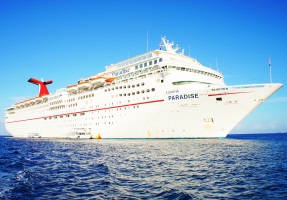

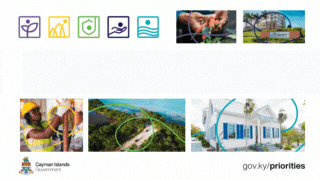







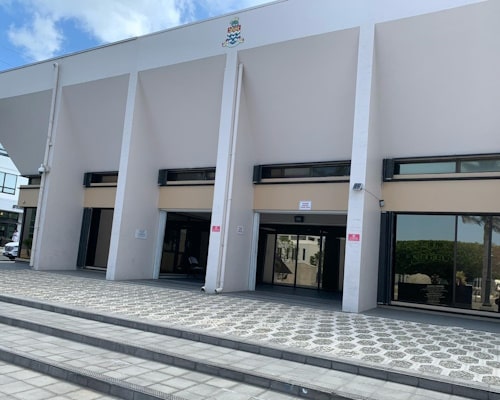


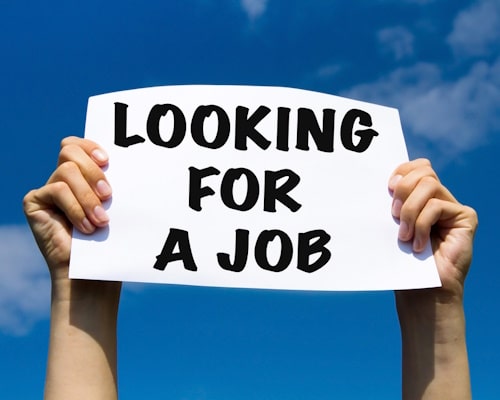

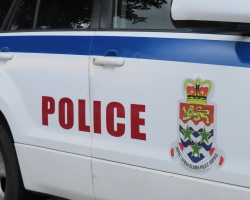




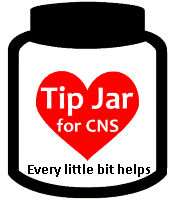







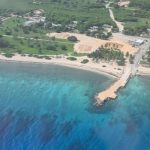



That is shocking and disgusting!! The cruise lines should be fined for this! What gives them the right? and how shortsighted can they be? They rely on people wanting to travel to beautiful destinations for business yet they pump billions of gallons of sh!t into the natural environment.
Cayman should ban all non green ships from anchoring in our waters. Why don’t we be the country to make a stand. Others could follow and if the entire Caribbean makes a stand they will be forced to comply.
Before we start pointing the finger at cruise ships we had better understand what we as an island contribute to coastal water contamination. Some obvious questions need to be put in the spotlight, like:
1. What is Grand Caymans contribution to coastal nutrient levels (does anyone monitor this on a regular basis)?
2. What nutrient levels exist in our ground water? (does anyone monitor this on a regular basis?) Results might show that 90% of septic systems out there don’t result in adequately treated effluent.
3. Does the government’s sewage works that injects thousands of gallons of “treated” sewage into the ground meet minimum North American or EU standards for its effluent all the time? (does an independent watchdog monitor this on a regular basis?)
4. What, if any, master plan exists to tie in the remaining 75% of Grand Cayman into a central or satellite sewage treatment system?
So when you look out to sea at a cruise ship, before you point a finger, take a whiff in your own backyard.